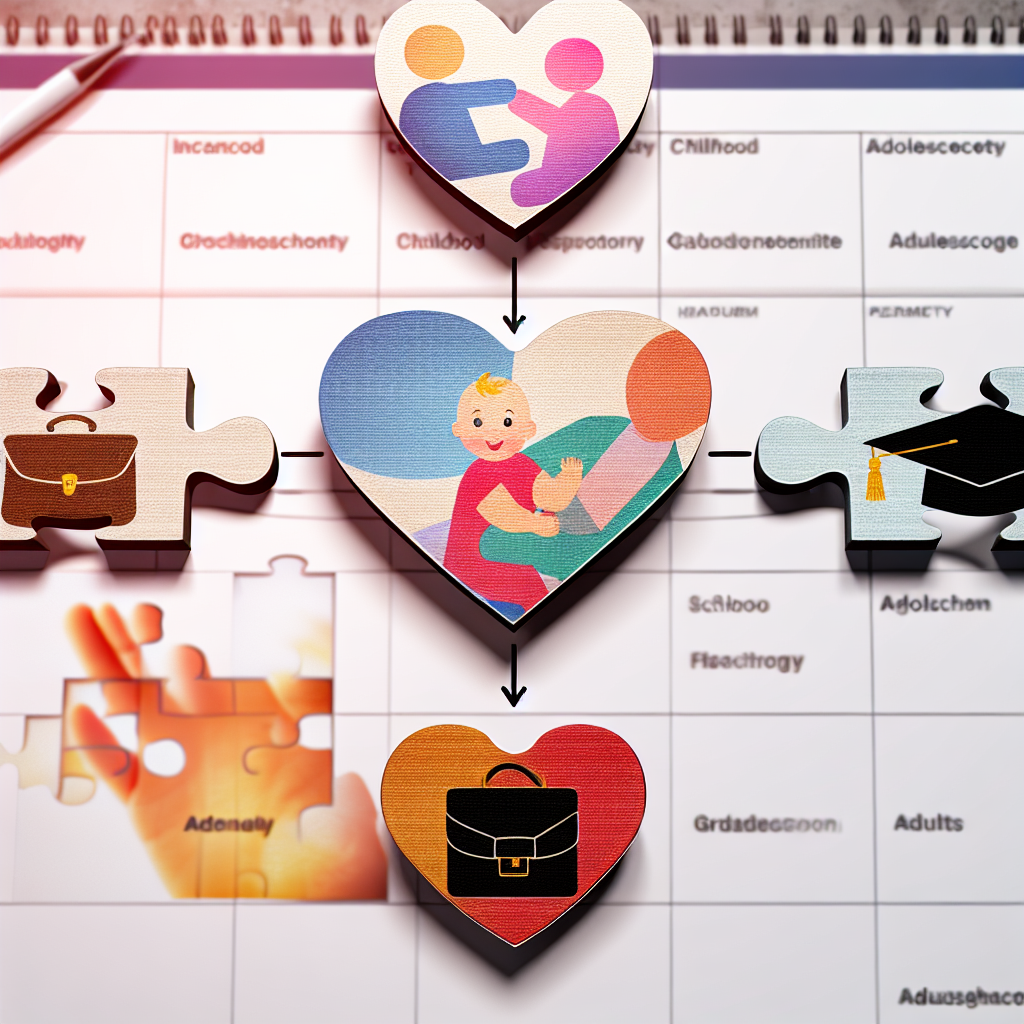# Cross-Cultural Relationship Navigation: Bridging Value Systems in Intimate Partnerships
Love Beyond Borders: Why Cross-Cultural Relationships Are on the Rise
In an increasingly globalized world, cross-cultural relationships are no longer the exception—they’re the norm. Whether sparked through travel, online dating platforms, multinational workplaces, or social media, modern dating often transcends borders. Singles from all age groups—whether in their 20s or navigating love in their 70s—are connecting with partners who grew up in entirely different cultural environments.
While love may be a universal language, the underlying cultural frameworks that shape how we express, communicate, and even define love can be vastly different.
The allure of cross-cultural relationships lies in the unique opportunity to learn about new customs, languages, and perspectives. A partner from another culture can introduce you to delightful traditions, cuisine, and values that enrich your life and worldview. However, cross-cultural dating also introduces an extra layer of complexity. Misunderstandings can arise from differences in language use, family expectations, religious beliefs, gender roles, or attitudes towards money and parenting.
And yet, it’s these very challenges that, when approached with openness and empathy, can strengthen a relationship in ways that same-culture relationships might not. Cross-cultural couples often learn to communicate more clearly, develop higher emotional intelligence, and approach problem-solving with increased creativity and patience.
As dating evolves with age, so do our needs and priorities. Younger couples may grapple with navigating cultural expectations around marriage or family involvement, while older couples entering cross-cultural relationships might face challenges around retirement plans, healthcare preferences, and intergenerational family dynamics.
The ability to bridge value systems becomes essential in creating long-term intimacy and mutual respect. Navigating the waters of a cross-cultural relationship doesn’t require abandoning one’s core values; rather, it invites both partners to understand and respect differences, find common ground, and forge new ways of living and loving together.
Emotional Tools for Success: What the Research Says
Cross-cultural relationships have captured the interest of psychologists, sociologists, and relationship counselors because they offer a powerful lens through which to understand human attachment, identity, and emotional intelligence.
According to a 2019 study published in the International Journal of Intercultural Relations, couples in intercultural relationships reported both greater levels of conflict and greater opportunities for personal growth and cultural competence. These contrasting outcomes suggest that while differences can create friction, how those differences are handled heavily influences the relationship’s success.
Dr. John Gottman, a pioneering psychologist and marital researcher at The Gottman Institute, emphasizes the importance of emotional attunement and shared meaning systems in building lasting love. In intercultural contexts, Gottman’s “Love Maps” exercise—designed to help partners better understand each other’s internal world—becomes especially powerful. By learning about your partner’s values, traditions, and emotional triggers, you create a roadmap for empathy and trust—two critical ingredients in successful cross-cultural relationships.
A 2021 study in the Journal of Social and Personal Relationships found that intercultural couples who practiced active listening, emotional validation, and non-defensive communication had a significantly higher relationship satisfaction score. The role of adaptability and cultural humility—recognizing you don’t know everything about your partner’s culture, and that being curious rather than judgmental builds rapport—is repeatedly emphasized in relational literature.
Value Pluralism and Shared Identity: Two Worlds, One Love
Researchers from Stanford University highlight the concept of “value pluralism” in romantic relationships. This is the idea that multiple, even conflicting, value systems can coexist peacefully within a partnership if each partner feels seen and respected.
In practice, this means acknowledging, for example, that while one partner may come from a collectivist culture prioritizing family decisions, and another from an individualist culture seeking independence, both viewpoints can harmonize through mutual accommodation.
Professional relationship counselors often recommend preemptively discussing culturally loaded topics such as:
– Family roles and expectations
– Religion and spiritual practices
– Communication styles (direct vs. indirect)
– Concepts of time and punctuality
– Money management habits
– Parenting philosophies
Therapeutic practices such as Emotionally Focused Therapy (EFT) and Intercultural Couples Counseling are effective tools for helping partners explore these differences in a supportive environment.
Building Cultural Intelligence: The Secret to Sustainable Love
Today, cultural intelligence—or CQ—is becoming as vital as emotional intelligence in fostering long-term relationship satisfaction. High-CQ individuals display the curiosity, open-mindedness, and flexibility needed for navigating intercultural dynamics.
Several online resources, including tools from Harvard Business Review and INSEAD, offer ways to measure and boost cultural intelligence. By understanding not just what your partner believes, but why, you create a strong foundation for lasting intimacy.
Practicing cultural intelligence means:
– Asking open-ended questions about traditions and beliefs
– Being willing to experience and participate in your partner’s customs
– Avoiding stereotypes or overgeneralizations
– Being aware of your own cultural lens and biases
– Adapting your communication style to better connect
Conclusion: Love as a Journey of Mutual Growth
Cross-cultural relationships offer both a challenge and a gift: the challenge of transforming diversity into connection, and the gift of growing not just closer to another person, but also into a wiser, more empathetic version of ourselves. By engaging with open hearts, informed minds, and intentional communication, couples can bridge their differences not with compromise, but collaboration.
No matter your age or background, embracing love across cultures expands not only your relationships—but your understanding of the world.
## Concise Summary
Cross-cultural relationships are becoming increasingly common in our globalized world. While navigating differences in cultural frameworks, values, and communication styles can introduce complexity, approaching these challenges with openness, empathy, and cultural intelligence can strengthen intimacy and lead to mutual growth. Key factors for success include emotional attunement, shared meaning-making, adaptability, and a willingness to learn about each other’s customs and perspectives.
## References and Resources
– [International Journal of Intercultural Relations](https://www.journals.elsevier.com/international-journal-of-intercultural-relations)
– [Gottman Institute](https://www.gottman.com)
– [Journal of Social and Personal Relationships](https://journals.sagepub.com/home/spr)
– [Stanford Encyclopedia of Philosophy: Value Pluralism](https://plato.stanford.edu/entries/value-pluralism)
– [Harvard Business Review – Cultural Intelligence](https://hbr.org/2004/10/cultural-intelligence)
– [INSEAD Cultural Intelligence Assessment](https://knowledge.insead.edu/leadership-organisations/what-cultural-intelligence-and-why-it-matters)

Dominic E. is a passionate filmmaker navigating the exciting intersection of art and science. By day, he delves into the complexities of the human body as a full-time medical writer, meticulously translating intricate medical concepts into accessible and engaging narratives. By night, he explores the boundless realm of cinematic storytelling, crafting narratives that evoke emotion and challenge perspectives. Film Student and Full-time Medical Writer for ContentVendor.com




